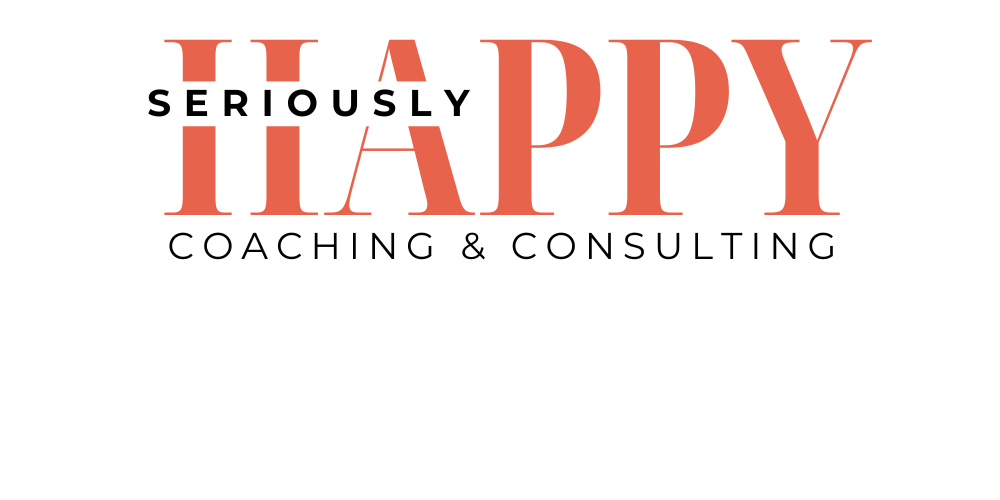In a world overflowing with choices, our job isn’t just to offer clients options — it’s to help them confidently choose the right one.
The Power of Smart Questions
Picture this: A potential client walks into your showroom, hops on a call, or pops into your inbox. You ask a few really good questions, and suddenly, they’re leaning in, eager to move forward, and ready to follow your advice!
That’s the magic of smart questions. They don’t just gather information; they guide decisions, build trust, and shortcut the sales process.
The Two Common Mistakes (And Why They Make Things Harder)
Questions are almost always a good decision-guiding tool, but not all questions are created equal. In fact, the wrong approach can actually make your job harder.
Here are two common mistakes designers make when trying to guide clients through decisions:
❌ Trap 1: Too much rope. Asking vague questions like, “Tell me about your project!” sounds open and friendly, but it can lead to a long, meandering conversation. Yes, you want to build rapport, but there are more effective ways to do that.
❌ Trap 2: Just the facts. Jumping straight into questions like, “What’s your budget?” gets useful info, sure — but it doesn’t build trust. In fact, asked poorly, fact-based questions can erode trust! When clients don’t trust us, they second-guess everything we recommend.
The goal? Quickly understand your client’s needs and build trust so they want your expert guidance. The key? Ask smarter questions.
Three Levels of Questions (& When to Use Them)
Believe it or not, even those vague, “ramble away” questions have their place — just not in a business conversation where time is valuable and clients are looking for your expertise.
Let’s look at three different kinds of questions:
1: Curious (But Vague) Questions
These might be great for dating but they’re terrible for moving a project forward.
- “What do you like?” (Too broad — clients often don’t know how to answer.)
- “Tell me about your space.” (Opens the door, but doesn’t move the conversation forward. More guidance will reveal clearer information.)
- “Tell me about yourself.” ( Ugh. Now you’re just given the client license to ramble. Twenty minutes in and you’re wondering how to backpedal, but it’s too late to stop the train.)
These are all waaay too open-ended to be effective or efficient.
Think about what you need to know, and ask specific questions. Help them get the help they walked in for.
2: Good (But Fact-Based) Questions
Fact-based questions are functional, but not game-changers.
- “What’s your budget?” (Necessary, but transactional.)
- “What’s your timeline?” (Good for logistics, but doesn’t deepen trust.)
These are “just the facts” questions — important, but best handled via intake forms, folded into a Smart Question (see “What’s your overall budget and what do you want to get for that investment?” below), or saved for later in the conversation after you’ve established rapport.
When trying to help clients get what they need, avoid vague questions and limit fact-based questions so you can focus on asking smart questions!
3: Smart Questions (Your Secret Weapon!) 🚀
The ones that make clients say, “Ooooh, great question.”
🔥 “What’s frustrating about your space right now?”
This reveals pain points and forces the client to describe the problem instead of the solution, leaving the designer free to come up with solutions the client may not have thought about.
🔥 “If I could wave a magic wand and change one big thing, what would make the biggest difference for you?”
This helps the client think bigger and focus on things that will move the needle. This is great if you have a client with a million things on their list, but no focus.
🔥 “How do you want to feel when you walk in?”
This taps into emotion and vision. Note, be very careful when clients describe what they like. Do they mean the same thing as you when they say “calm” or “modern”? Be sure to use the “Show, Don’t Tell” technique when working on any visual design goals.
🔥 “What’s your overall budget and what do you want to get for that investment?”
This helps connect the money they’ll spend to their goals while bringing their top-of-mind priorities and biggest concerns to the surface.
🔥 “When the project is over, how will we know it was a success?”
This makes them think past the logistics, set aside worries about budget, and think about the big picture. Once you know the goal and their priorities, now you can start strategizing how to get there.
Smart questions let you do your job!
Smart questions uncover the why behind a client’s decisions, allowing you to lead them toward the right solution — even if it’s different from what they originally thought they needed. The goal is to learn what they are trying to achieve so you can help them achieve it.
They also subtly position you as a trusted expert, not just an order-taker. Every well-placed question reinforces that this isn’t your first rodeo, you know your stuff, and that they made a great choice when they chose to work with you.
This isn’t just about design — it applies to any expertise.
For example, let’s look at a recent call with my tax guy. When I moved to Paris, I went from running a full design studio with a team of five to being a solo operation. I wasn’t sure if I needed to change my LLC’s tax status — or if I should just shut it down altogether and start fresh.
When I called my CPA to ask, he didn’t just launch into the steps for closing a business. Instead, he asked Smart Questions about why I was considering it and was able to point me to a simple IRS form that solved everything — easy peasy! (Thank you Scott Minnig at Vine Dahlen!)
Know what happens when you make confident decisions easier for a client? They rave about you. Even a five-minute conversation can turn a first-time client into a long-term, loyal fan. Yay!
How to Start Using Smart Questions Today
- Audit your current questions. Are they unearthing important information, or just gathering surface-level facts?
- Shift from facts to insights. Don’t just ask about preferences — ask about frustrations, goals, and emotions. If you don’t understand the reasoning behind their question, you may miss a chance to steer them to the right solution.
- Practice! The more you use Smart Questions, the more natural they’ll feel.
Want to share the idea of “Smart Questions” with your design team? Download my FREE printable ‘Smart Questions Guide’ here!
May your business always make you Seriously Happy™!
💛 Rebecca
[Originally published on Medium for Stuff Interior Designers Need To Know]

Hi! I’m Rebecca!
When I closed my design biz to move to Paris I discovered how hard it was for me to refer my clients to other designers because I couldn't tell what the designer did, who they did it for, or what they delivered!
Now I'm on a mission to help designers nail their niche and set clear client expectations.
It's all about being able to clearly communicate what you do, who you do it for, what they should expect, and what they'll get, and it's the #1 key to getting hired by clients you love to work on projects you're proud of!

